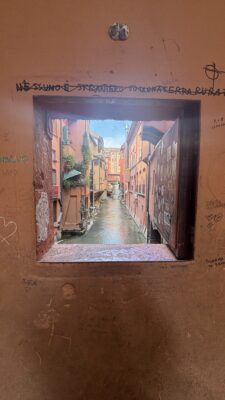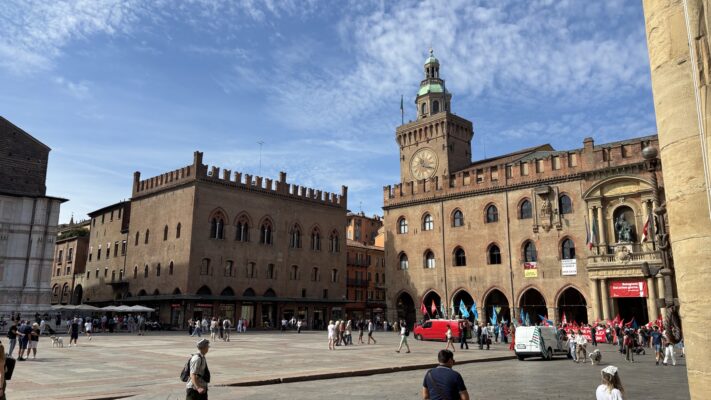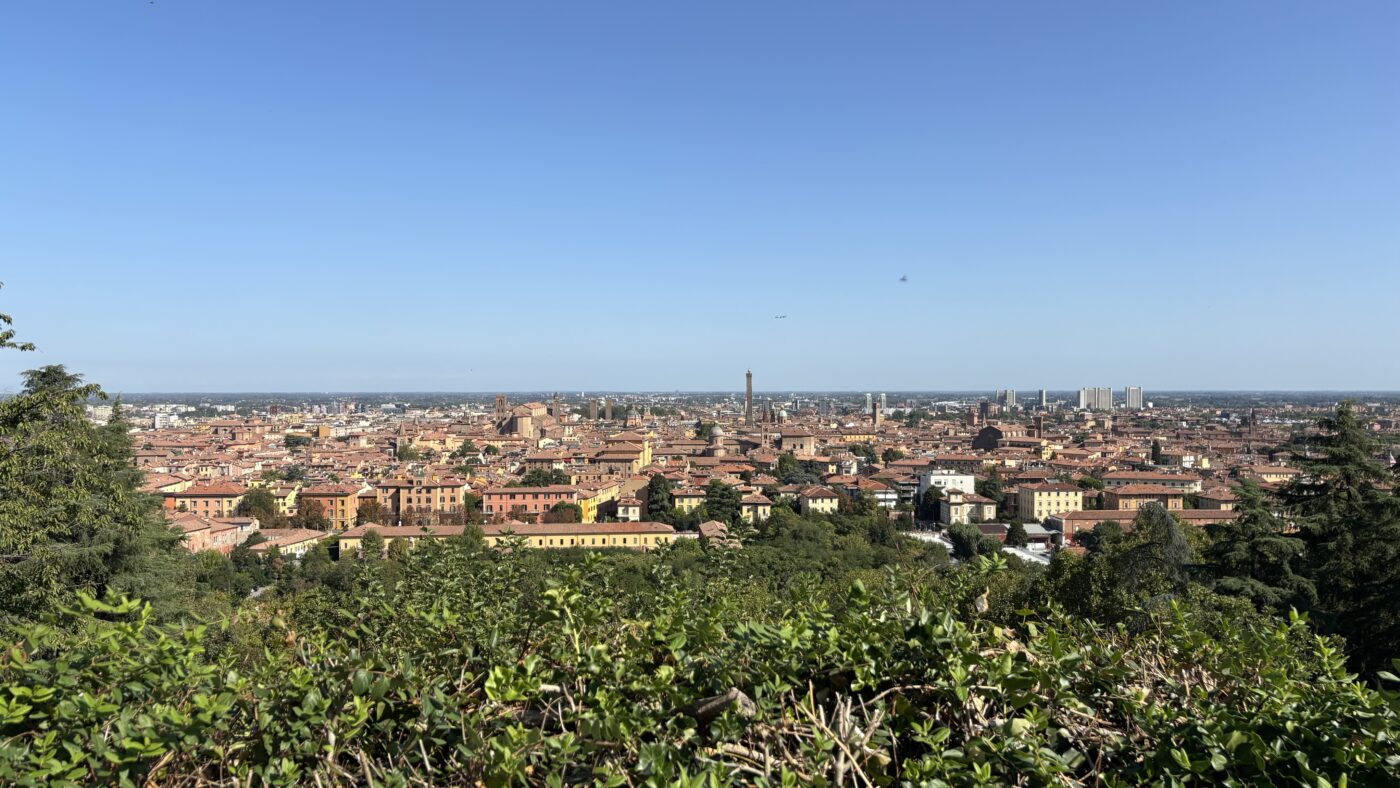Last month I was lucky to attend at csv,conf,v9 in Bologna, where I gave a talk on our Data For Communities programme. A gathering of the community data world, it was great to connect with people doing similar work from all over the globe and reminded me by this work matters.
Finding data in the wild
The conference kicked off for me with “Viz in the Wild,” led by Michael Brenner from Data4Change. We ventured into Bologna’s streets to discover data visualisations hiding in plain sight – everyday patterns we walk past without noticing. It was a perfect embodiment of community data work: making the invisible visible. The approach reminded me strongly of our own Joy Diversions at Open Data Manchester.

Democratising data for community action
Emily Zoe Mann’s presentation on “Democratizing data: data literacy for community action” detailed a year-long pilot in St. Petersburg, Florida that provided data literacy training to non-profits and community members. The similarities to our Data For Communities programme were striking – same approach, same challenges, same commitment to putting data tools in community hands.
Using WhatsApp to share critical information in the Amazon
Mathias Felipe introduced BOTO, an open-source WhatsApp chatbot delivering environmental information to Amazon forest communities. In areas where WhatsApp is the primary communication platform and critical information about deforestation and wildfires is desperately needed, BOTO combines LLMs with low-bandwidth arcitecture to help meet communities where they are.
Holding fashion companies to account
Paul Roeland shared how the Clean Clothes Campaign empowers people to hold fashion companies to account by collecting and released data around labour conditions and wages, making information accessible to everyone.
Making the invisible visible
Rahul Bhargava’s keynote emphasised data as ways for communities to own their own narratives, rather than it being a tool for observation. He showcased participatory data projects that worked with artists and designers to create physical artworks. One great example was a table made entirely of forks, where each fork represented a household using food stamps in an affluent neighbourhood – making visible the hidden food insecurity in seemingly prosperous communities.

Between sessions
Bologna itself was a great place to hang out between sessions. The historic centre felt authentically Italian and vibrant, without overwhelming tourist crowds. I had the best bolognese of my life, watched tortellini being hand-made in the food markets, and enjoyed excellent local wine in beautiful plaza settings during evening socials..
It was great to connect with people from all over the world doing great community data work. Whether in the Amazon, Florida, or Manchester, the challenges and principles remained the same: empowering communities through data literacy, participatory approaches, and accessible tools.

